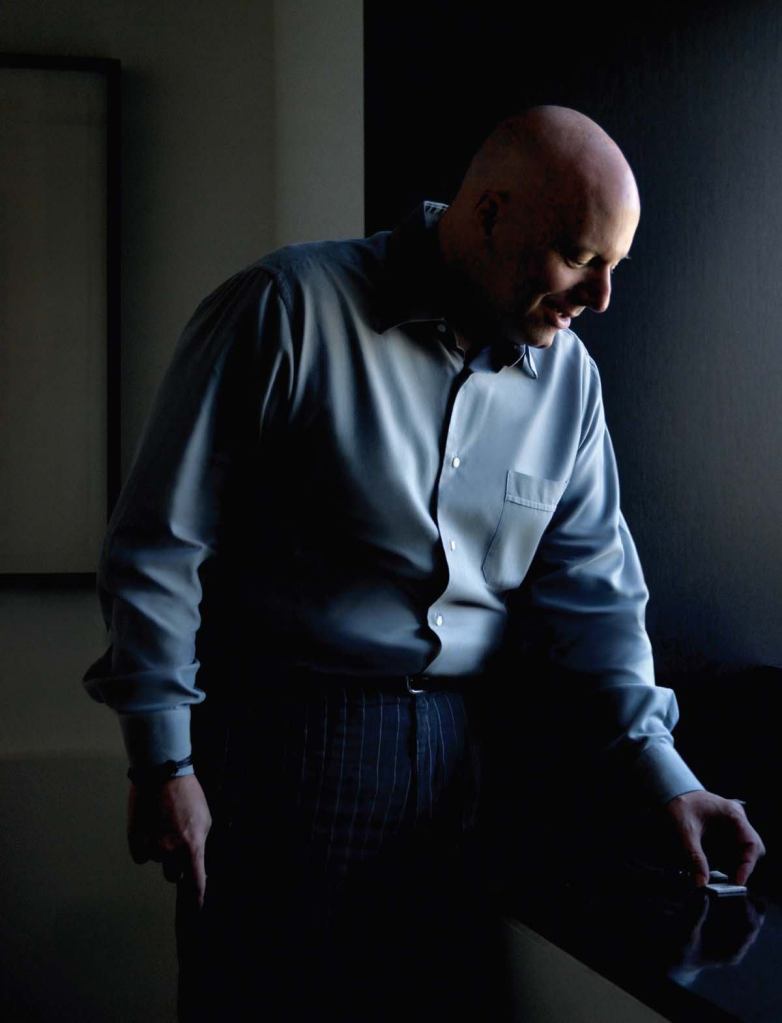Why did you decide to develop Culver House yourself?
I wanted a sense of place to be the guiding energy of the project. The typical developer’s motivation is get in, build some vehicle for making a profit, and then get out.
What drove the project’s aesthetics?
We started with the environment. A double-skinned wall allows for heat gain in the winter and heat expulsion in the summer. Greenhouse-like buffer spaces will have trees planted throughout the entire height of the building—interspersed throughout the composition of the façade. It will read very clearly as a building that’s about the ecosystem.
What has this design gained from having an architect as its developer?
I was in control of the timing and expense of the design process. Rather than squeezing the architect into expedient design, as developers do, I put that effort into making a better building.
How did you determine your market?
I have an MBA. I’ve taken real estate development classes. Market analysis is very important. We surveyed about 40 properties under development and up for resale. I set a price point within the top 10 percent.
So how did you get financing?
I found some very motivated banks, like MB Financial and LaSalle Bank, that were interested in opportunities to participate in a niche market.
Have politics affected the process?
In Chicago, aldermen have power over what happens in their neighborhood. It’s not a legislated process. In other municipalities, I’m typically going to someone who’s trained in urban design, planning. In Chicago, you’re going to somebody who will wait for consensus. He said, “Take two floors off,” because he’s used to asking that all the time. Make it smaller and make the neighbors happy.
What was the biggest lesson you learned in developing the project?
Bankers look at the world differently than architects. It’s about the bottom line. There’s nothing about what you’re contributing to society.
